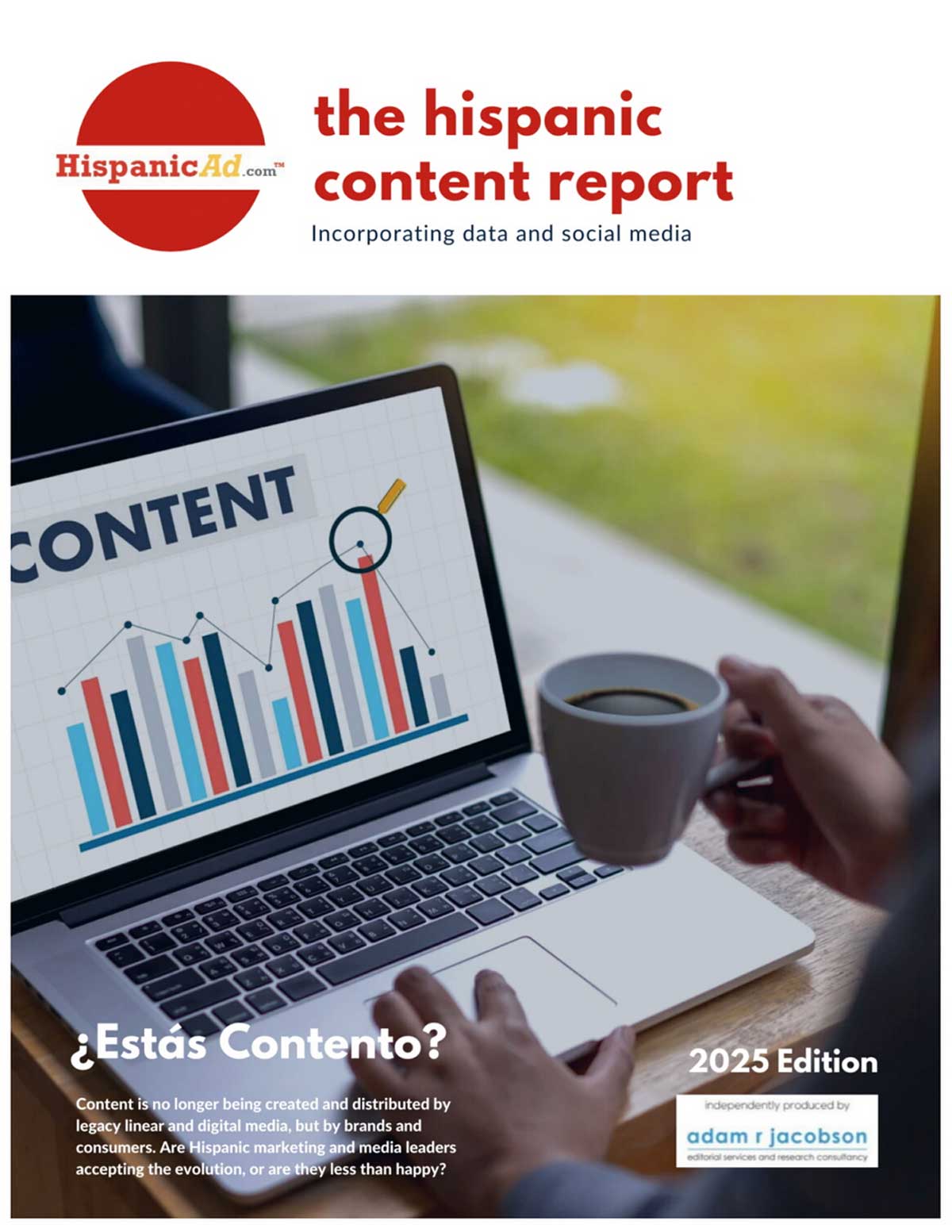Toyota’s Crisis: Prism into How Social Media has radicalized Public Relations.
February 4, 2010
True-confessions time: I used to be a PR person — back when it was a very different profession than it is as I sit here in 2010, typing away on a Wi-Fied laptop, checking tweets and charging my smartphone so I can access my email when I go into the city later today.
I started out as a glorified secretary at Ogilvy & Mather back when cable was considered cutting-edge, and worked at a handful of other big New York agencies that churned out TV commercials in a steady rhythm. Later, after a decade as a reporter, I took the stock options bait, and was an employee for just under a year at Organic during the dot-com boom/bust year of 2000. Fortunately, I didn’t vest.
My PR background explains why, when it comes to marketing and social media, it’s the public relations ramifications, not the advertising ones, that interest me most. Even if there was some evolution in what a PR job was between my traditional agency jobs and my year heading communications at a digital shop, it was still basically the same: try to establish an image for the company, ferret out news and disseminate it, and build relationships with reporters, who had sole control of the PR distribution channel (though not necessarily in that order).
But then came social media. And how social media is changing public relations gets further and further from what I used to consider “doing PR.” Today’s case in point: Toyota Conversations, a site powered by Tweetmeme that aggregates tweeted news, images and video about Toyota, Toyota’s own Twitter feed, and other crucial information for Toyota owners affected by the recall. (The site was built in partnership with our friends at Federated Media.) When you put something like Toyota Conversations in the context of PR as we used to practice it, it becomes crystal-clear how much things have changed. The site is a pretty unvarnished view of the issues Toyota faces. It’s not often that you come across a corporate site with links to stories that criticize the company, as in, “How Will GM Deal With Its Recall? Blame it On Toyota.”
But it’s not just that. When I looked at the site this morning, I was reminded that given the rise of social media, jumping into a conversation when it’s most against you is perhaps the only way that a major company can appropriately handle PR these days.
But it’s not just that. When I looked at the site this morning, I was reminded that given the rise of social media, jumping into a conversation when it’s most against you is perhaps the only way that a major company can appropriately handle PR these days.
I never had to deal with a crisis the magnitude of Toyota’s — I was only in the ad biz, after all — but was certainly in the middle of situations where a bunker mentality prevailed. Since reporters were in charge of the distribution channels, this usually meant that while the company I was working for at the time obfuscated, the reporters provided whatever transparency there was. We declined comment; they told the story, aided and abetted by off-the-record info from sources within the company. While reporters still play that role, now it’s also up to the corporation to lay it all out bare — as painful and threatening to the corporate psyche as that might be.
I do have certain quibbles with Toyota Conversation. Including tweets from Toyota owners would have been a good idea, particularly since Toyota tweets are readily available on Twitter Search and via Bing and Google. In the name of transparency, Toyota should consider it, even if there’s some risk. Still, in creating a site like Toyota Conversations, the company has made the biggest leap it needs to make: to start down the path of honesty after a period when it wasn’t honest with consumers or itself.
There’s much to learn from Toyota’s missteps. I’m anxiously awaiting the tomes from consulting firms about what went wrong. But they’d be overlooking something major if they didn’t take into account that a massive retooling of PR, because of social media, is part of the process of recovery for any company faced with a consumer-confidence crisis.
by Catharine P. Taylor
Catharine P. Taylor has been covering digital media and advertising for almost 15 years.
Courtesy of http://www.mediapost.com





























